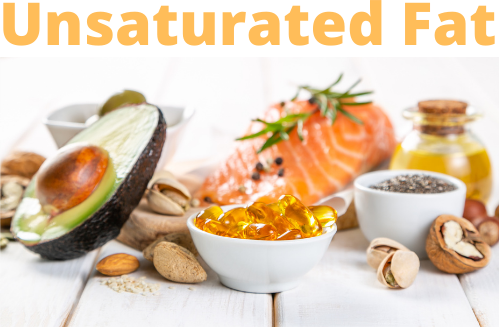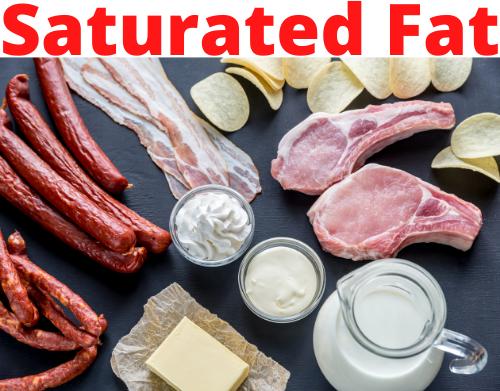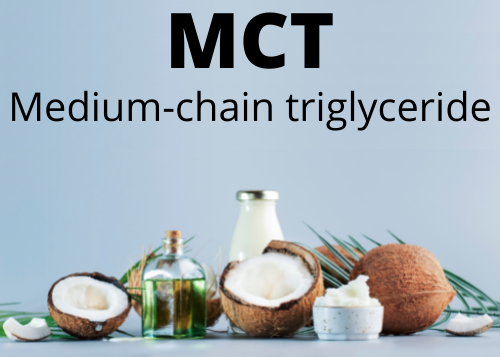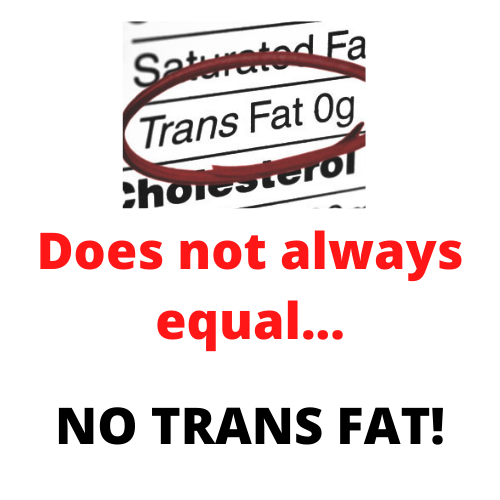By Brian A. Stenzler, M.Sc, D.C.
Watch the Video
Listen to the Audio
For the past couple of weeks, I shared about two of my four food dealbreakers mentioned in my book, DREAM Wellness: The 5 Keys to Raising Kids for a Lifetime of Physical and Mental Health; corn syrup and artificial sweeteners. As promised, this week I will let you know why hydrogenated oils made that list and how to avoid them. The next Wellness Wiki will be dedicated to informing you about artificial food coloring (food dyes) and why they should be avoided at all costs.
While these are not the only ingredients you should consider avoiding, if you want your body to look, feel and function the way you desire, then there is no place for these items in your or your family’s diet, PERIOD.
The Skinny on Fat
Before I get into hydrogenated oils, it is important to understand a few things about fats and oils in general, and to make you aware that fat is not all bad. In fact, fat is essential for survival. However, it is important to understand what types of fats to consume, why it is important to consume them and why it is advised to avoid the bad stuff, at least in large quantities.
For simplification purposes related to this article, think of fat in two categories, saturated and unsaturated. Saturated fats are typically solid at room temperature (like butter) and unsaturated are usually liquid (think olive oil).

Unsaturated fats are found in nuts, seeds, olive oil, fish (and more), and should be plentiful in your diet. This is also where you find your omega-6 and omega-3 fatty acids that are essential for a healthy you. Unsaturated fats raise your good cholesterol (HDL) and lower your bad cholesterol (LDL) and have been known to reduce the risk of heart disease and strokes.

Saturated fats are found in foods such as lamb, beef, chicken skin and cheese. While some of those foods are very tasty and contain a lot of important nutrients, the risks associated with the saturated fat content may outweigh the benefits if consumed in large amounts.

That said, not all saturated fats are created equal. Coconut is an example of a saturated fat that offers health benefits in the form of medium chain triglycerides (MCTs). The body does not store MCTs as fat but rather burns them for additional energy. If you are going to choose to consume saturated fats, the coconut family, including coconut butter, coconut oil and coconut milk, offers a much healthier option than the saturated fats hiding within the other foods lining your supermarket aisles.
What are Trans Fats and Hydrogenated Oils?
Hydrogenated oils are a form of saturated fat that is created by processors of food by adding hydrogen to liquid vegetable oil, which makes the oil solid at room temperature. Initially, food makers were looking for a healthy alternative to saturated fat, but quickly learned that what they were doing was even worse. The reason why manufacturers continue to hydrogenate oil is ultimately to enhance the taste, texture and consistency of food, while increasing their profits by decreasing production costs and prolonging the shelf-life.

This chemical alteration of vegetable oil can be done partially or fully. The process of partial hydrogenation is what creates trans fats also known as trans fatty acids. On a positive note, the FDA now acknowledges the dangers of these oils and has finally eliminated the addition of artificial trans fats to foods and drinks in the United States. That said, if a food item contains fewer than 0.5 grams of trans fat, it can legally be labeled as trans fat free, and the food producer may even list 0 grams of trans fat on the label. Even though trans fats are banned in the United States, many food manufacturers are still using them in small amounts for various reasons, including to help certain items, like peanut butter, spread more easily.
It is widely disputed about the potential dangers of fully hydrogenated oils, but there is plenty of evidence that they too have been linked to heart disease, inflammation, and other health issues. Perhaps they are not as harmful as trans fats, but is that something you want to consume and give to your kids… food that maybe is “less bad”? And just because it is deemed to be safe, that is certainly not the same thing as healthy.
We all know that conventional food manufactures are not always the most honest and forthcoming. If you see hydrogenated oil on a food label, you likely will not know for certain if any or all is partially hydrogenated or fully hydrogenated unless specified. This is yet another reason why it is advised to steer clear of any product with hydrogenated oil on the label. Heck, if you avoid processed foods in general, that is one easy way to avoid these processed oils.

Why are Hydrogenated Oils Unhealthy?
Hydrogenated oils, particularly partially hydrogenated, not only raise your LDLs, but they also lower your HDLs. That alone is a major precursor to cardiovascular disease including heart attacks and strokes. They also raise blood sugar considerably and potentially lead to type II diabetes. Additionally, they are highly inflammatory food ingredients, which is something that benefits no one.
Not only are the potential health risks above enough to be concerning, but keep in mind that because hydrogenated oils are typically found in processed food items, all the other ill health effects of those ingredients compound the negative impact on health.
Common Culprits with Hydrogenated Oils
Hydrogenated oils are likely in food items found on approximately 40% of the typical grocery store shelves. Shortening; salad dressings; fried foods like chicken fingers, French fries, and potato chips; baked goods such as cupcakes, donuts, cookies and pies; and even frozen pizza. Most snacks you buy for your kids are likely laden with hydrogenated oils.

Look in your pantry right now and pick any snack you have for your kids and look at the label. It’s very likely you will find at least one item in your house, if not dozens. Then you can get some exercise when you walk (or jog) to your trash bin and promptly throw them away.
You should also be aware that most restaurants cook their foods with hydrogenated oils, and they often reuse the oil over and over again. Fast food restaurants are known for this practice, but it is not as widely known that this is commonplace in many food establishments. This is yet another case for homecooked meals, where you know exactly what is going into the food in your home, and ultimately the bellies and bloodstreams of everyone in the household. And when you prepare your homecooked meals, do so with as many clean (non-processed and preferably organic and non-GMO) ingredients as possible.
In Summary…
I have always been a proponent of consuming food in its most natural form. I understand that it is neither always possible, nor is it fun to not eat out and indulge on occasion. That said, you can be wise about the choices you make and choose the indulgences to be “less bad” than others. If your kid wants an Oreo cookie, for example, there are plenty of versions made with better ingredients. All you need to do is look at the label and read the ingredients; then you can determine whether you want to consume and/or serve it.
When you prepare your food at home, avoid the processed foods, and stock your fridge and pantry with constructive food items (food that contributes to your health), you will be setting yourself and your family up for success.
